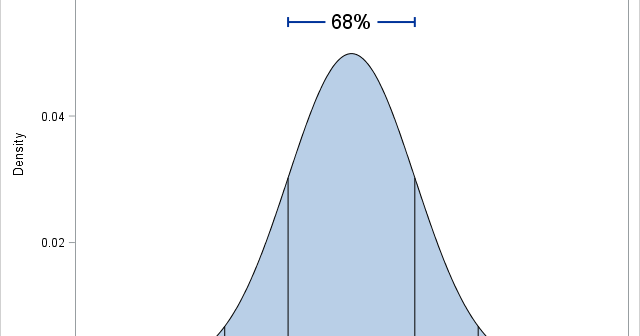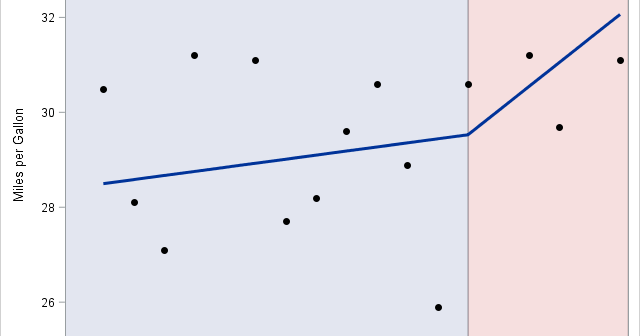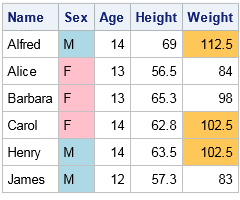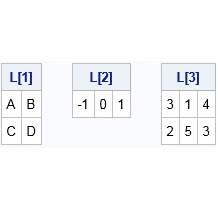The DO Loop
Statistical programming in SAS with an emphasis on SAS/IML programs
Many intervals in statistics have the form p ± δ, where p is a point estimate and δ is the radius (or half-width) of the interval. (For example, many two-sided confidence intervals have this form, where δ is proportional to the standard error.) Many years ago I wrote an article

Most regression models try to model a response variable by using a smooth function of the explanatory variables. However, if the data are generated from some nonsmooth process, then it makes sense to use a regression function that is not smooth. A simple way to model a discontinuous process in

One of the advantages of the new mixed-type tables in SAS/IML 14.2 (released with SAS 9.4m4) is the greatly enhanced printing functionality. You can control which rows and columns are printed, specify formats for individual columns, and even use templates to completely customize how tables are printed. Printing a table

Lists are collections of objects. SAS/IML 14.2 supports lists as a way to store matrices, data tables, and other lists in a single object that you can pass to functions. SAS/IML lists automatically grow if you add new items to them and shrink if you remove items. You can also

Did you know that you can check a SAS macro variable to see if ODS graphics is enabled? The other day I wanted to write a SAS program that creates a graph only if ODS graphics is enabled. The solution is to check the SYSODSGRAPHICS macro variable, which is automatically

Prior to SAS/IML 14.2, every variable in the Interactive Matrix Language (IML) represented a matrix. That changed when SAS/IML 14.2 (released with SAS 9.4m4) introduced two new data structures: data tables and lists. This article gives an overview of data tables. I will blog about lists in a separate article.
